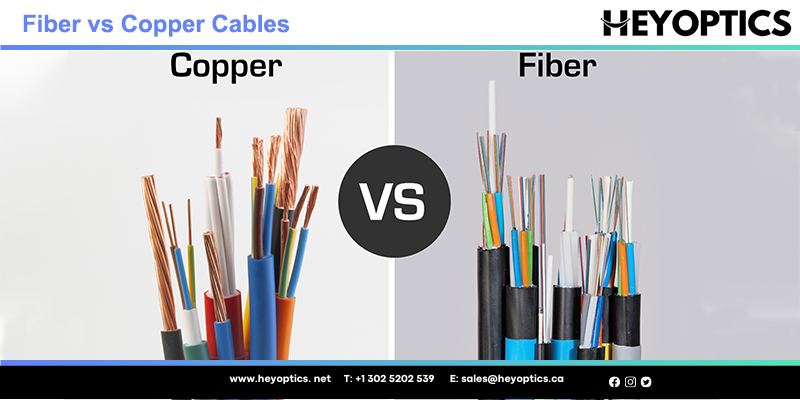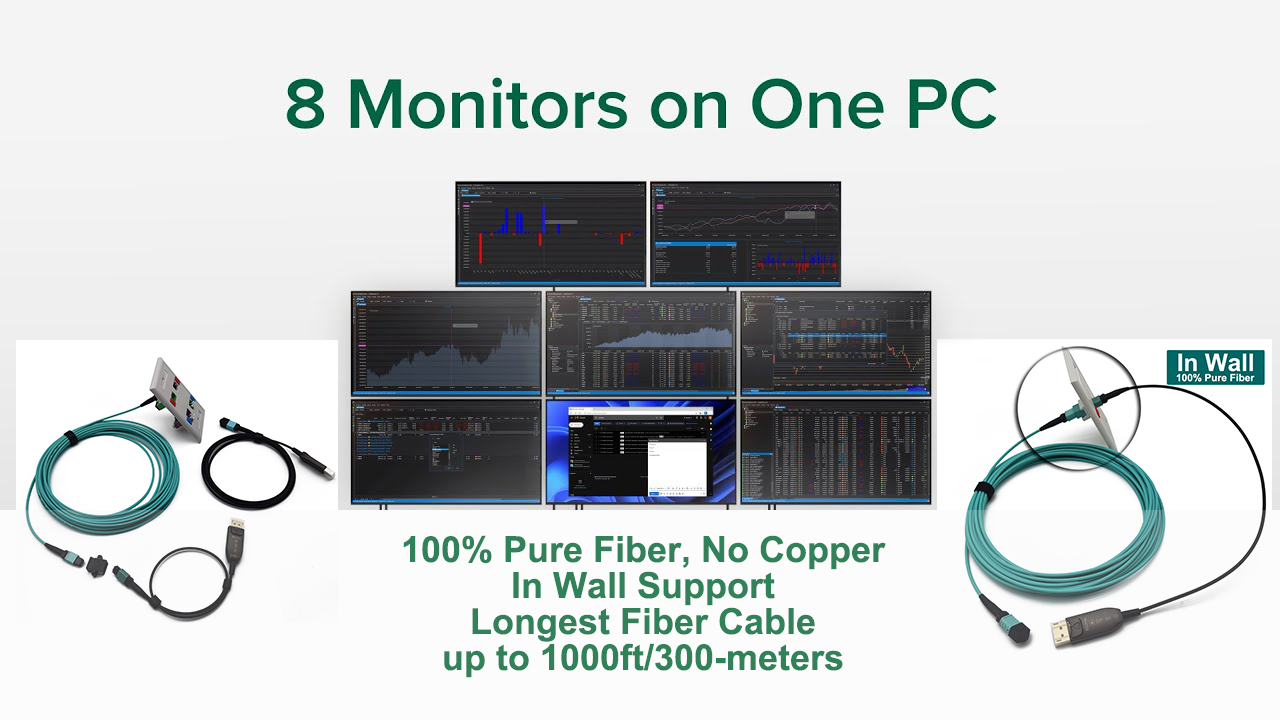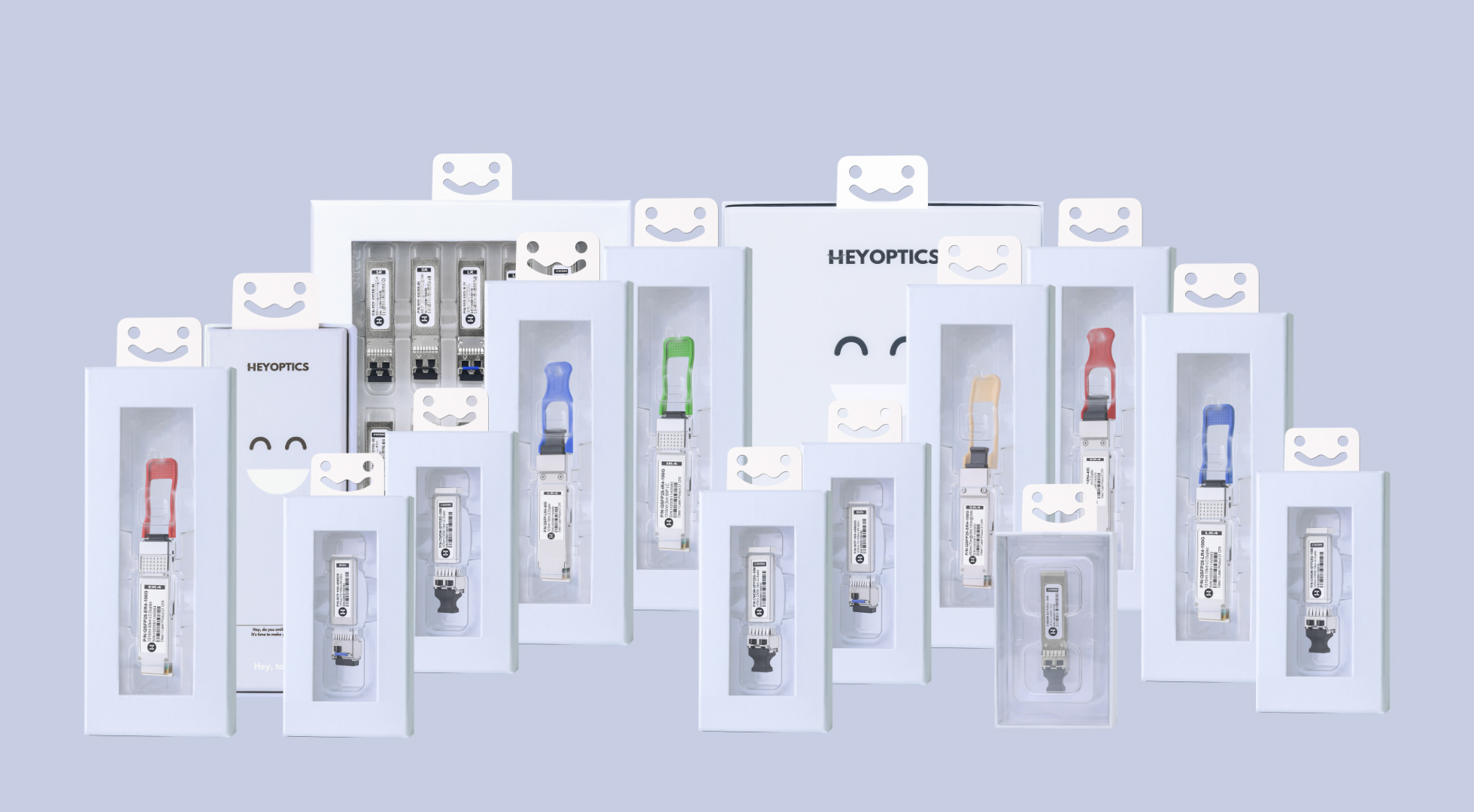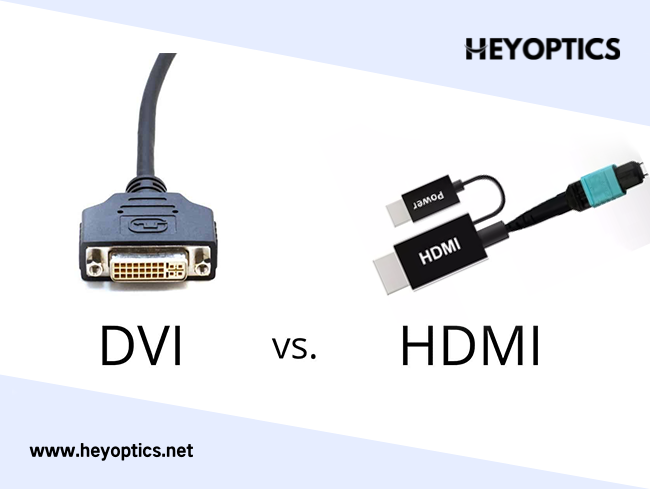Fiber vs Copper cables: Which is better?
When you’re planning a new network cable installation or considering upgrades to an existing network, you might want to consider using fiber optic cables.
Network fiber cables have some definite advantages over copper cables.
Fiber Cables or Copper Cables?
Here’s the important thing to remember: fibre optic transmits data as light, while copper delivers information as electricity. As light travels exponentially faster than electricity, reason suggests that data will travel faster via fibre optic cables than it would through copper.
In regard to telecommunications and internet access, copper offers a few advantages over fibre optic. For instance, copper can deliver power to phones, surveillance cameras and other internet-connected devices without laying down additional cabling.
When you are building a network that requires long distances, high speeds, and/or heavy bandwidth connections, there is no question: fiber optic cables win the day.
To understand why, and where copper cables may still be the best solution, it’s important to understand the differences between the two.
Cat6 Cable - BlueBoth cable types transmit data, but in very different ways. Copper carries electrical pulses along its metal strands. Fiber optics, on the other hand, carry pulses of light along flexible glass threads. This difference often equates to fiber being the best solution for a new or upgraded network, and therefore being worth the heavier up-front investment.
Fiber vs Copper cables
Greater Bandwidth
Copper cables were originally designed for voice transmission and have a limited bandwidth. Fiber optic cables provide more bandwidth for carrying more data than copper cables of the same diameter. Within the fiber cable family, singlemode fiber delivers up to twice the throughput of multimode fiber.
Faster Speeds
Fiber optic cables have a core that carries light to transmit data. This allows fiber optic cables to carry signals at speeds that are only about 31 percent slower than the speed of light—faster than Cat5 or Cat6 copper cables. There is also less signal degradation with fiber cables.
Longer Distances
Fiber optic cables can carry signals much farther than the typical 328-foot limitation for copper cables. For example, some 10 Gbps singlemode fiber cables can carry signals almost 25 miles. The actual distance depends on the type of cable, the wavelength and the network.
Better Reliability
Fiber is immune to temperature changes, severe weather and moisture, all of which can hamper the connectivity of copper cable. Plus, fiber does not carry electric current, so it’s not bothered by electromagnetic interference (EMI) that can interrupt data transmission. It also does not present a fire hazard like old or worn copper cables can.
Thinner and Sturdier
Compared to copper cables, fiber optic cables are thinner and lighter in weight. Fiber can withstand more pull pressure than copper and is less prone to damage and breakage.
More Flexibility for the Future
Media converters make it possible to incorporate fiber into existing networks. The converters extend UTP Ethernet connections over fiber optic cable. Modular patch panel solutions integrate equipment with 10 Gb, 40 Gb and 100/120 Gb speeds to meet current needs and provide flexibility for future needs. The panels in these solutions accommodate a variety of cassettes for different types of fiber patch cables.
Every year the amount of data we consume increases, as do bandwidth requirements. Investing in a modern fiber optic cabling infrastructure will allow your network to operate at future speeds without replacing the cabling. A solid multifiber backbone in a structured environment will last for years, if not decades, and likely continue to support increasing bandwidth needs. The average lifespan of a copper category specification, on the other hand, is a little over five years.
Also bear in mind that the technologies and equipment that use cabling (switches, signaling optics, servers, etc.) generally tend to decrease in cost as time goes by. It is therefore probable that higher-end connectivity will become even more affordable in the future.
Lower Total Cost of Ownership
Although some fiber optic cables may have a higher initial cost than copper, the durability and reliability of fiber can make the total cost of ownership (TCO) lower. And, costs continue to decrease for fiber optic cables and related components as technology advances.
Copper’s disadvantages
Although copper’s generally cheaper than fibre because it’s already installed in most buildings, it isn’t without its problems.
Latency, for instance, is a common issue. In addition, businesses accessing internet services over copper wire may have to share bandwidth with other companies. Although you have your own local area connection (LAN), data must be transmitted through the building’s copper wire to get to your floor. If multiple floors are accessing internet at the same time, the copper wire becomes more stressed.

Why does information travel 'faster' down fibre optic cable than copper wire?
As the name suggests, fibre optic technology uses pulses of light to carry data along strands of glass or plastic.
It's the technology of choice for the government's National Broadband Network (NBN), which promises to deliver speeds of at least 100Mbps.
When we're talking about 'speed' were actually talking about throughput (or capacity) — the amount of data you can transfer per unit time, says Associate Professor Robert Malaney from the University of New South Wales, School of Electrical Engineering and Telecommunications.
And fibre optics can definitely transfer more data at higher throughput over longer distances than copper wire. For example, a local area network using modern copper lines can carry 3000 telephone calls all at once, while a similar system using fibre optics can carry over 31,000.
So what gives it the technical edge over copper wires?
Traditional copper wires transmit electrical currents, while fibre optic technology sends pulses of light generated by a light emitting diode or laser along optical fibres.
"In both cases you're detecting changes in energy, and that's how you encode data.
"With copper wires you're looking at changes in the electromagnetic field, the intensity of that field and perhaps the phase of the wave being sent down a wire.
"With fibre optics, a transmitter converts electronic information into pulses of light — a pulse equates to a one, while no pulse is zero. When the signal reaches the other end, an optical receiver converts the light signal back into electronic information," explains Malaney.
The throughput of the data is determined by the frequency range that a cable will carry — the higher the frequency range, the greater the bandwidth and the more data that can be put through per unit time.
And this is the key difference — fibre optic cables have much higher bandwidths than copper cables. "Optical fibre can carry much higher frequency ranges — note that light is a very high frequency signal — while copper wire attenuates or loses signal strength at higher frequencies," says Malaney.
Also, fibre optic technology is far less susceptible to noise and electromagnetic interference than electricity along a copper wire.
"You can send the signal for over 200 kilometres without any real loss of quality while a copper cable signal suffers a lot of degradation over that distance," says Malaney.
Fiber vs Copper cables impact on business communications
Fibre optic is establishing itself as the new standard in telecommunications. Fibre optic is making headway in enterprise data centres.
Standard fibre optic cables are being designed to deliver signals of 10 gigabits per second. The University of Texas at Dallas maintained that this level of bandwidth is capable of supporting approximately 130,000 voice channels per second.
That means businesses using VoIP, cloud services and other internet-based technologies will benefit immensely from installing fibre cabling over copper. Speed isn’t the only factor to take into account, however.
One of the reasons why fibre optic provides greater reliability is because it can sustain longer distance signal transmissions with negligible disruptions. In contrast, electrical signals dissipate because they radiate energy into empty space. This issue worsens when more data is delivered over the wire.
To maintain consistency, particularly of voice data, single-line copper requires in-line signal repeaters. This means telecommunications providers need to maintain more equipment, which contributes to service costs.
Although a cost gap between the two exists, this threshold is decreasing as tech companies, ISPs and other parties invest more in developing fibre optic. The day in which fibre is deemed more affordable than copper is fast approaching.
Conclusion
The right medium for your network really depends on needs. However, if you have significant bandwidth needs, investing in a robust, scalable infrastructure will pay for itself.
As we’ve seen, fiber optic cabling allows for greater ROI via its faster speeds, increased durability, cleaner signaling, and smaller physical footprint. Copper cables has its applications, and will help reduce upfront cost. A combination approach, with an eye toward future growth will suit you well.



